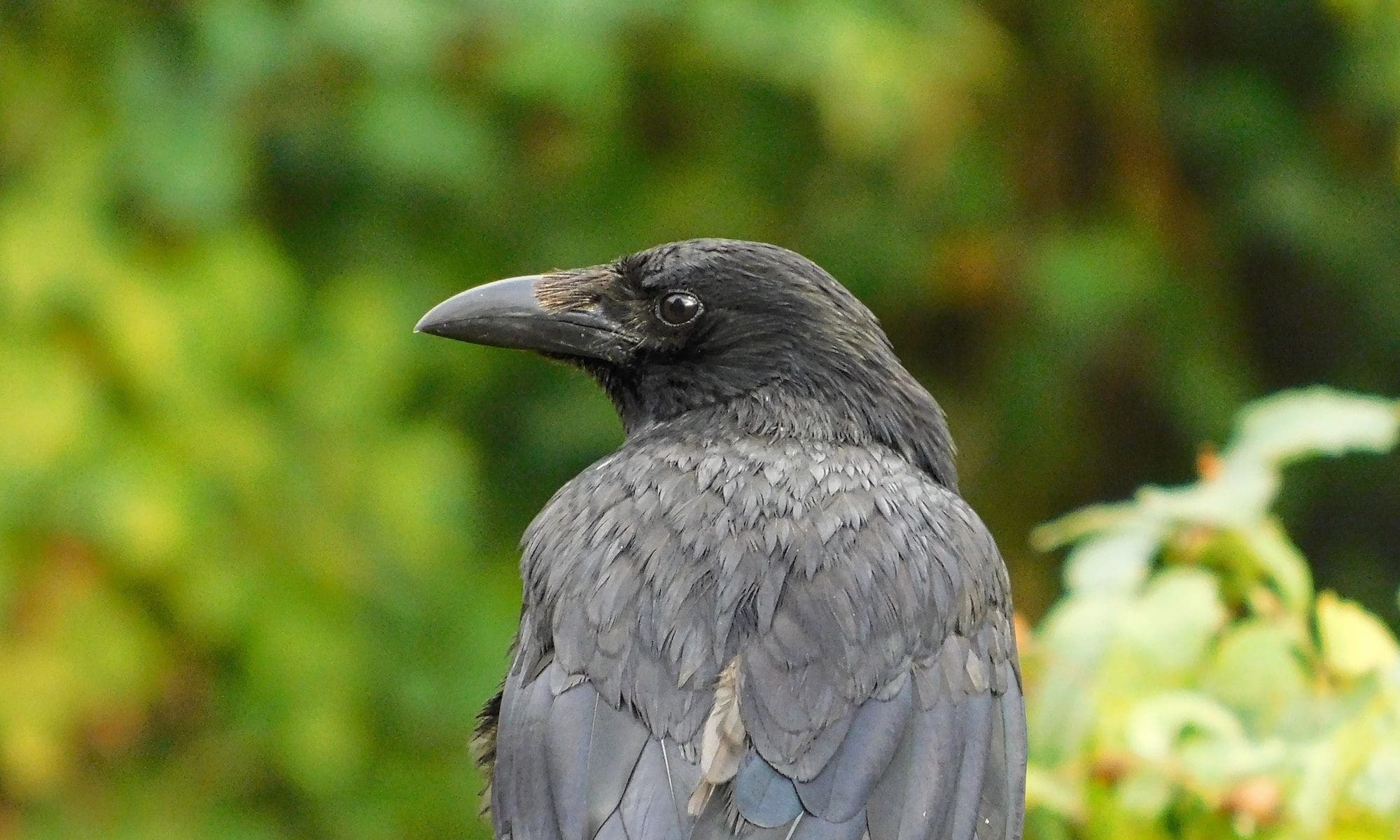Admission – 15/06/2017
Herbie, a blackbird nestling, came to us as after being caught by a cat. Herbie suffered superficial wounds around his back and right hip. Additionally, we found a sprain injury of his right leg. The routine faecal float test revealed a severe coccidia infection. Herbie has been treated accordingly and settled in very well. It took just a couple of days for Herbie to fledge. He then has been moved from his hospital box into a much larger flexarium, which is a soft fabric indoor aviary, to allow him to exercise his wings and leg without damaging his developing plumage. His superficial wounds healed very well. The mild paralysis of his leg, caused by the sprain injury, did also resolve completely.

Update – 03/07/2017
When it became clear that Herbie was reliably eating by himself, we transferred him from the indoor flexarium into our outdoor release aviary, where he joined blackbird Marcia. Birds which have been in care for more than a few days should be reacclimatised by housing in an outside aviary for a period of time (generally about two weeks) before release. Fledglings also require an oppertunity to exercise to develop sufficient fitness prior to their release. The exposure to the elements will also encourage preening and ensure that the plumage is returned to normal waterproofing, which is important for any bird species.

Update – 22/09/2017
Today blackbird Herbie has been successfully released. Stay safe Herbie!











